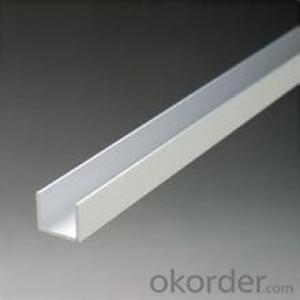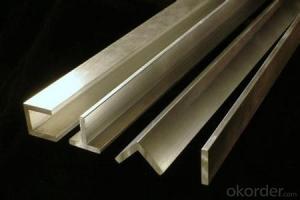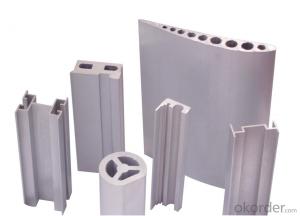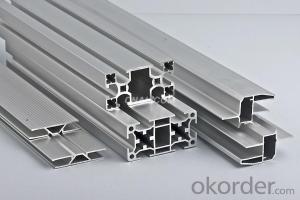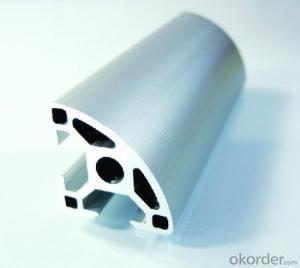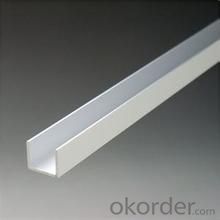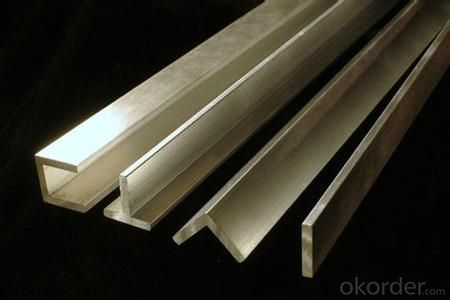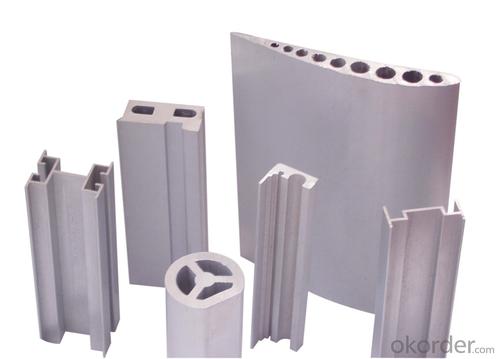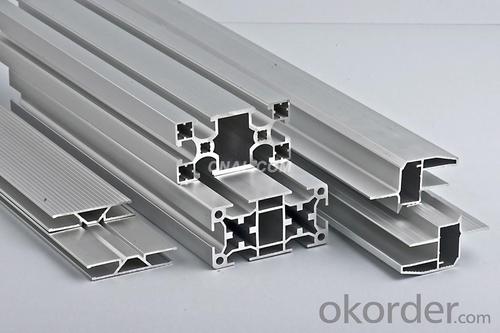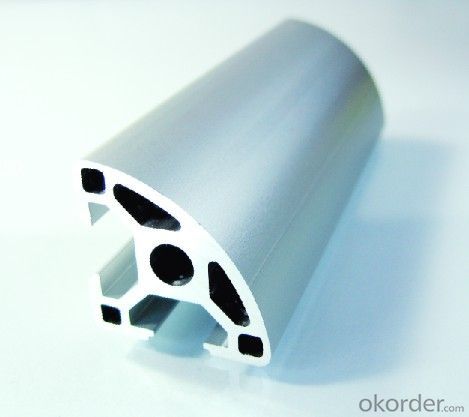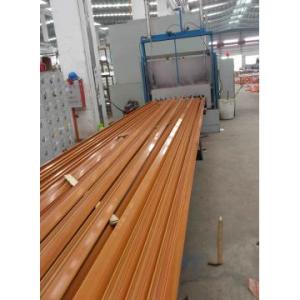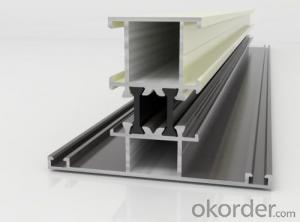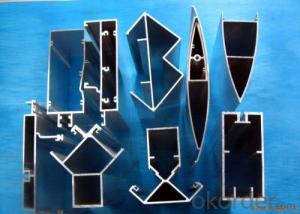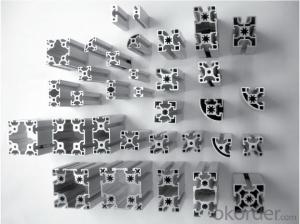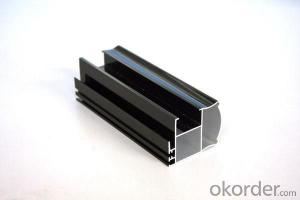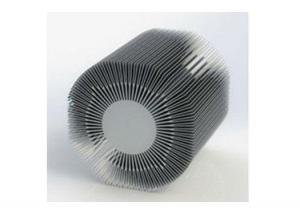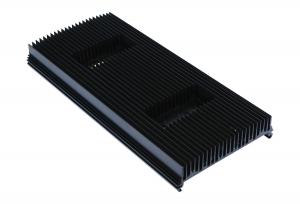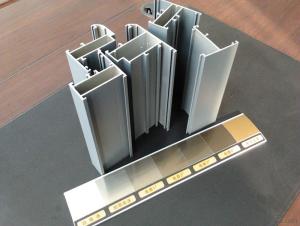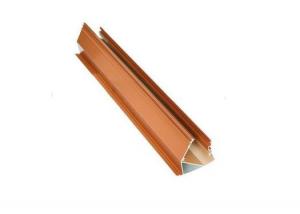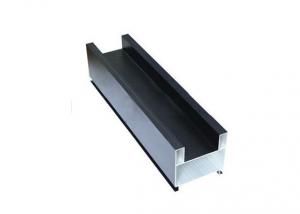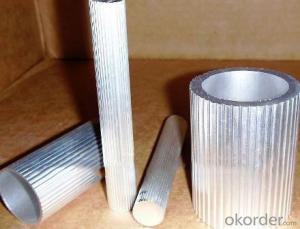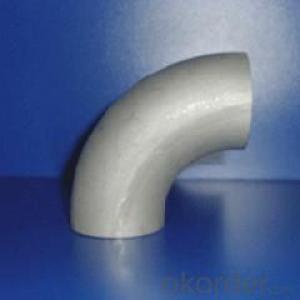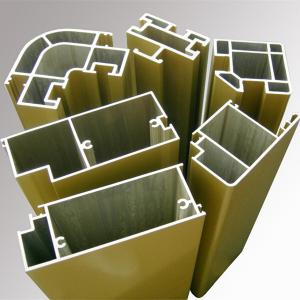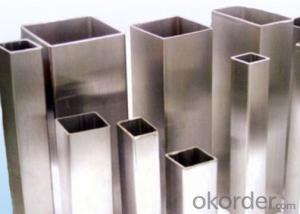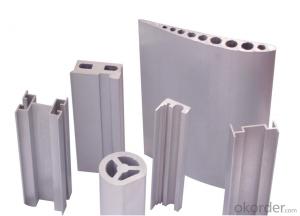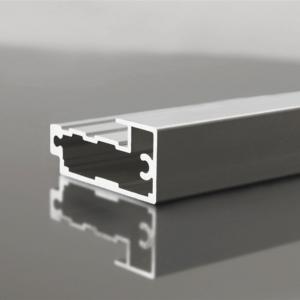Aluminum Profiles and Accessories - Good-Quality Industrial Aluminium Profile
OKorder Service Pledge
OKorder Financial Service
You Might Also Like
Aluminium is a relatively soft, durable, lightweight, ductileand malleablemetalwith appearance ranging from silvery to dull gray, depending on the surfaceroughness. It is nonmagnetic and does not easily ignite. A fresh film ofaluminium serves as a good reflector (approximately 92%) of visible lightand an excellent reflector (as much as 98%) of medium and far infraredradiation. The yield strength of pure aluminium is 7–11 MPa,while aluminium alloys have yield strengths ranging from200 MPa to 600 MPa. Aluminium has about one-third the densityand stiffness of steel. It is easily machined,cast, drawn and extruded.
Features:
Material | Alloy 6063,6061,6005or according to customer’s choice |
Temper | T3, T4, T5, T6 |
Surface | Anodize, electrophoresis, powder coating, PVDF coating, wood grain painting, matted, etc. |
Length | Coating 6.5 meters, Anodizing 6.5 meters, Mill finish 5 meters |
Application | Industrial, electrical equipment(TV set, air conditioner, refrigerator, computer), decoration,construction, transportation |
Custom Made | We can package following with customer's request. |
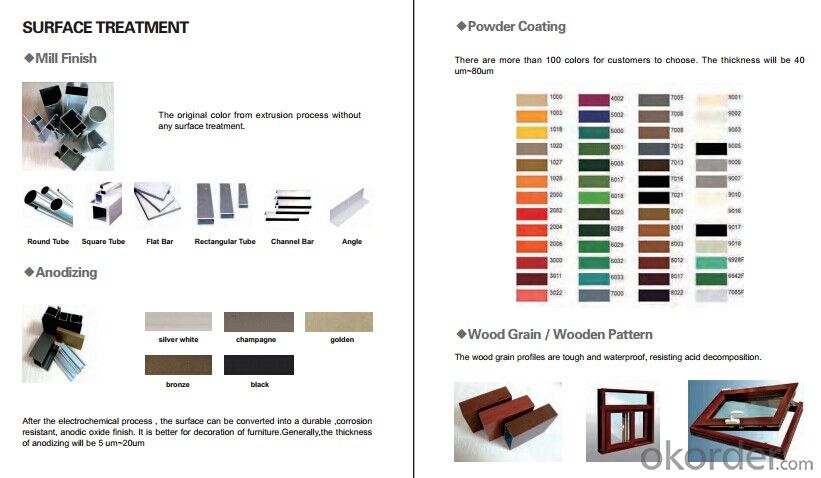
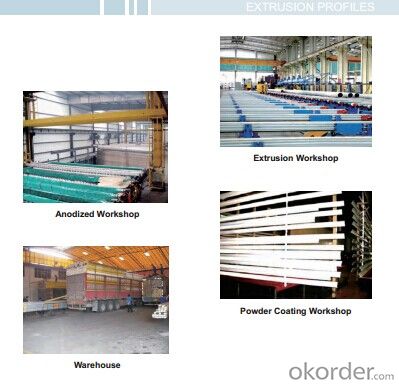
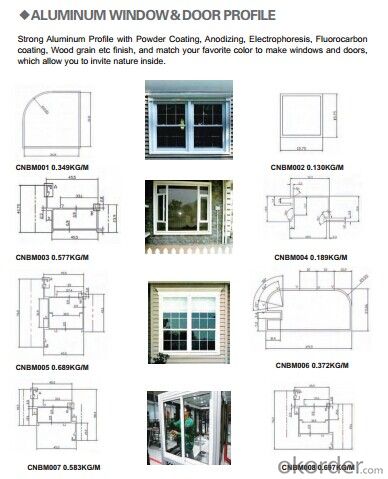
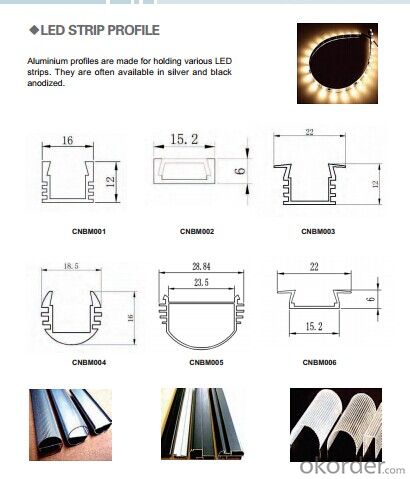
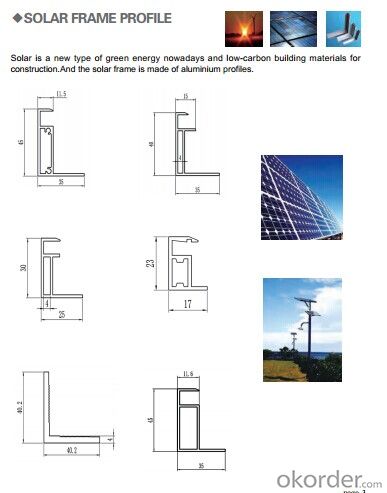
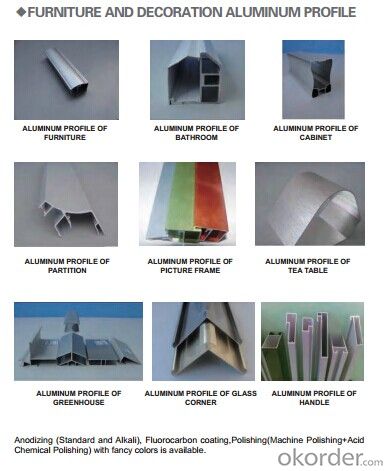
- Q: Can aluminum profiles be used for display cases or cabinets?
- Yes, aluminum profiles can definitely be used for display cases or cabinets. Aluminum profiles are lightweight, durable, and have a sleek, modern appearance which makes them a popular choice for displaying products or storing items in cabinets. They can be easily customized and come in various sizes and shapes to meet specific design requirements. Additionally, aluminum profiles are corrosion-resistant, making them suitable for both indoor and outdoor applications. They also offer excellent thermal conductivity, which can be beneficial for controlling temperature in display cases or cabinets. Overall, aluminum profiles provide a versatile and attractive solution for creating display cases or cabinets.
- Q: This question asks for a comparison of the benefits and drawbacks of utilizing aluminum profiles within the construction industry.
- <p>Aluminum profiles offer several advantages in construction, including high strength-to-weight ratio, corrosion resistance, and ease of fabrication. They are lightweight, which reduces the load on structures and facilitates easier installation. Their resistance to corrosion means they require less maintenance and have a longer lifespan compared to steel. Additionally, aluminum profiles can be easily cut, bent, and joined, making them versatile for various applications. However, they have some disadvantages, such as lower thermal conductivity, which can be a concern in temperature-sensitive environments. They are also more expensive than some traditional materials like steel. Lastly, aluminum profiles can dent or deform under heavy loads, which may limit their use in certain structural applications.</p>
- Q: What are the different surface engraving options for aluminum profiles?
- Some of the different surface engraving options for aluminum profiles include laser engraving, diamond drag engraving, chemical etching, and mechanical engraving.
- Q: Can aluminum profiles be used in medical equipment manufacturing?
- Yes, aluminum profiles can be used in medical equipment manufacturing. Aluminum is a lightweight and durable material that offers excellent corrosion resistance and is easy to clean, making it suitable for medical applications. It can be used in the production of medical devices, such as hospital beds, medical carts, wheelchair frames, and various surgical equipment. Additionally, aluminum profiles can be customized and fabricated into complex shapes, providing flexibility in design and enabling the manufacturing of precise and intricate medical equipment.
- Q: 3030 aluminum profiles, can be used in outdoor snow exposure environment?
- This refers to the 3030 heavy aluminum profiles. General aluminum profile manufacturers will make a number of their own products, European standard 3030 series has a variety of specifications, such as Jing Teng aluminum European standard 3030R, referring to the European standard 3030 fan, 3030G refers to the 3030 GB profiles.
- Q: This question asks for a list of various fastening methods used to connect aluminum profiles to the structural frames of buildings.
- <p>There are several types of fasteners used to attach aluminum profiles to building frames, including: 1) Bolts and Nuts: Commonly used for strong, secure connections. 2) Rivets: Provide a permanent connection that is resistant to vibration. 3) Self-Tapping Screws: Can be used in materials without pre-drilling. 4) Structural Glue: Offers a strong bond and is often used in combination with mechanical fasteners. 5) Welding: Used for permanent, load-bearing connections, though not common for aluminum due to the risk of thermal distortion. 6) Clamps and Brackets: Used for temporary or adjustable connections. 7) Adhesive Tapes: Provide a quick and easy method of attachment, though not as strong as other methods. Each type of fastener has its own advantages and is chosen based on the specific requirements of the construction project.</p>
- Q: Can aluminum profiles be used in railway and transportation infrastructure?
- Certainly, railway and transportation infrastructure can make effective use of aluminum profiles. Aluminum, being a lightweight and durable material, presents numerous advantages in these specific applications. The utilization of aluminum profiles in railway and transportation infrastructure offers a primary benefit, which is their low weight. Compared to materials like steel, aluminum is significantly lighter, making transportation and installation simpler. This reduction in weight can also result in energy savings since it requires less fuel to move the infrastructure components. Furthermore, aluminum profiles possess a high strength-to-weight ratio, enabling them to withstand heavy loads while remaining relatively lightweight. This characteristic makes them suitable for various structural purposes, such as supporting overhead power lines, constructing platforms, and forming the framework for bridges and tunnels. Aluminum also exhibits excellent resistance to corrosion, which is crucial in railway and transportation infrastructure that is exposed to harsh weather conditions and environmental elements. Aluminum profiles can endure moisture, UV rays, and other corrosive agents, thereby reducing maintenance requirements and prolonging the lifespan of the infrastructure. Moreover, aluminum profiles can be easily fabricated and customized to meet specific design requirements. They can be extruded into diverse shapes and sizes, allowing for flexibility in design and construction. Additionally, aluminum profiles can be readily joined together using different methods, such as welding or fastening, ensuring ease of assembly and disassembly if necessary. In conclusion, it is indeed possible to employ aluminum profiles in railway and transportation infrastructure. Their lightweight nature, high strength, corrosion resistance, and versatility make them an exceptional choice for various structural and functional applications within these sectors.
- Q: This question asks for a list of various interior wall cladding systems that incorporate aluminum profiles.
- <p>Aluminum profiles are versatile and commonly used in interior wall cladding systems due to their durability and aesthetic appeal. Some of the different types include: 1. Aluminum Composite Panels (ACP), which combine two aluminum sheets with a non-aluminum core. 2. Aluminum Insulated Panels, offering thermal insulation properties. 3. Aluminum Curtain Wall Systems, providing a weather-resistant exterior wall. 4. Aluminum Lining Systems, used for decorative purposes and easy maintenance. 5. Aluminum Ceiling Systems, which can also serve as wall cladding in some designs. 6. Aluminum Drywall Systems, which are lightweight and easy to install. Each system has its specific applications and advantages, making aluminum profiles a popular choice in modern architecture and interior design.</p>
- Q: How many tons of aluminum can be produced by a ton of aluminium ingots?
- Firstly, according to the requirements of a ton of aluminum ingot made of different aluminum alloy rods, concrete can output many aluminum rods must be based on the company's standard, but personally think that a ton of aluminum rod is absolutely not up to a ton of waste in the section product, because in the process of consumption, waste can not be calculated in the product section in.
- Q: The number of aluminum profiles can be meters or KG. How exactly is it? How do you understand that?
- You see the amount of it, if it is aluminum ingot is certainly in tons to calculate, the profile is, if it is a fixed size, usually 6 meters long. According to the calculated root.The general material company is used to calculate the weight or root. Few meters.
Send your message to us
Aluminum Profiles and Accessories - Good-Quality Industrial Aluminium Profile
OKorder Service Pledge
OKorder Financial Service
Similar products
Hot products
Hot Searches
Related keywords
